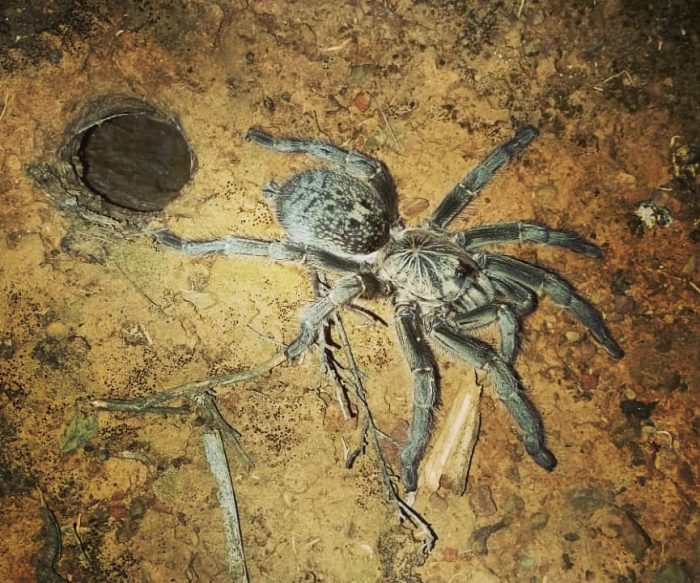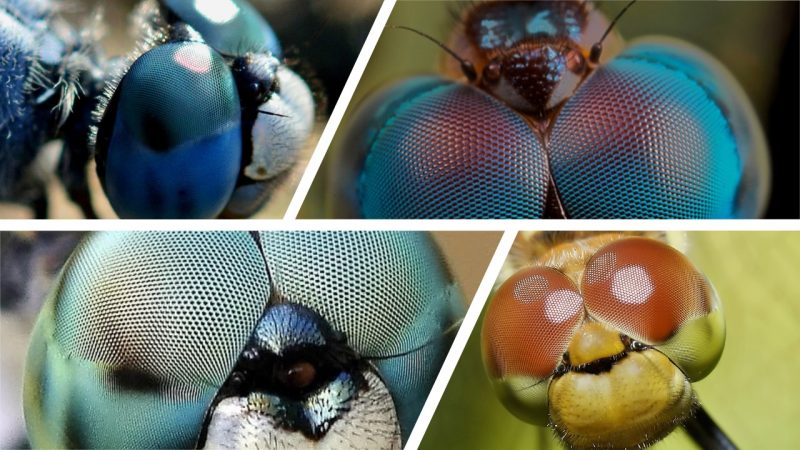October has been a busy month full of awesome BDI Citizen Scientist Hour talks and a great BioBashing trip to the Klein Karoo! Here in the lowveld region of South Africa we have had our first rains for the summer and the veld is alive with dungbeetles, reptiles, frogs and all sorts of amazing critters. October was a record month for the Virtual Museum!! An amazing total of 14,501 records were uploaded to the various biodiversity mapping projects in the VM.
October BDI Citizen Scientist Hours
We had some marvelous talks during October with topics ranging from rearing caterpillars to adventures in the Tundra in Russia! You can access the entire playlist for October on our YouTube Channel.
Craig Peter, Associate Professor in the Botany Department at Rhodes University, gave a fascinating talk on butterfly pollination in South Africa. Craig has been using LepiMAP data to better understand butterfly pollination and butterfly-plant interactions. You can view his talk below:
Dembo Jatta and Oliver Fox gave an amazing presentation on bird migration research, conservation and education in at Kartong Bird Observatory in The Gambia. And Aisha S. Magaji shared the awesome biodiversity from Wasai Reservoir in north-western Nigeria with us.
Ouberg BioBash
Ouberg Private Nature Reserve, owned by Richard and Sue Gie, is situated 20 km from Montagu, in the Western Cape Province of South Africa, on the Ouberg Pass road. Ouberg PNR is located at the confluence of three of South Africa’s Biomes: Succulent Karoo, Fynbos and Albany Thicket. The diverse combination of soils, topography, vegetation types and the climate, means that Ouberg is home to an incredible diversity of flora and fauna. A team of BDI BioMAPpers set off to go and explore Ouberg. Activities for the BioBash included: bird ringing, bird atlasing, and biomapping. We asked some of the BioBash members to share their thoughts on their experience at Ouberg.

Susan Gie: It was such a privilege to be able to share our small patch of the Little Karoo with people who share my love of biodiversity and the outdoors. The week began quietly and once everyone had arrived, there was permanent action, excited yelps, quiet stalking to get a photo of a flitty creature, discussion, questions, some up with the sparrows (or the hungry red-winged starling chicks nesting on the stoep) to head out to BirdPix and Atlas in the surrounding pentads, rummaging through books to ID fauna and flora, and sharing stories and laughs while cooking and enjoying supper. I was blown away by the Lepidoptera found on Ouberg. I had two lifers – Lesser Honeyguide and Grey-winged Francolin on OPNR. Our fauna species list has grown significantly thanks to the enthusiasm and keen eyes of fellow scientists and citizen scientists. All this will go towards getting our farm becoming a recognized protected area – we wish to apply for stewardship through Cape Nature and WWF. Thank you everyone.
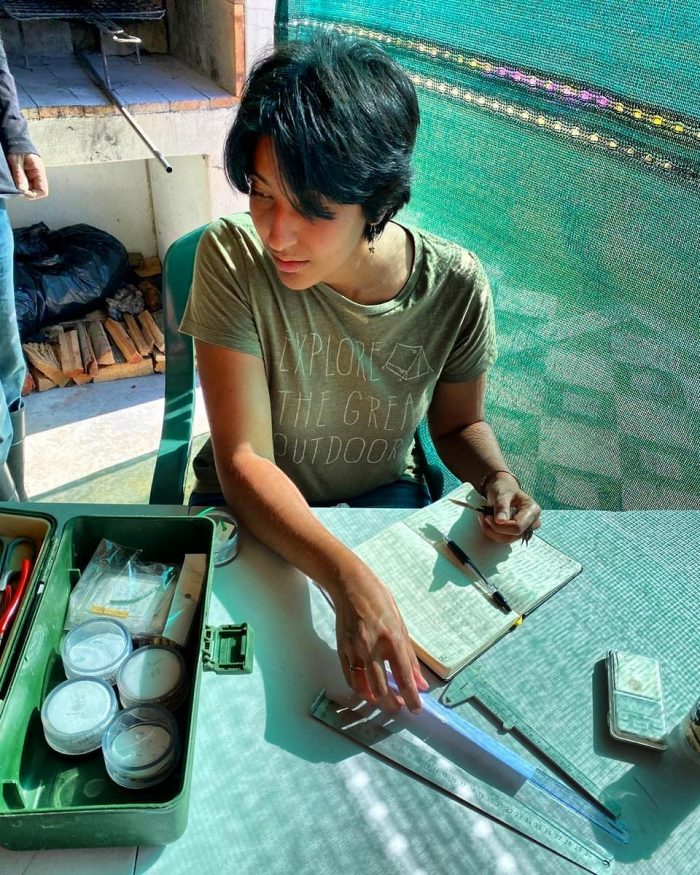
Karis Daniel: At the beginning of the week, Sue shared that even after ten years on the farm, Ouberg still manages to surprise her. There is something so special about experiencing familiar places with new eyes, and learning to see life that is typically overlooked. For me, Ouberg was exactly that: a chance to step into someone else’s “happy place” and see the natural world through their eyes. This was a week of rock-flipping, bird-ringing, star-gazing overall biodiversity magnificence–the excitement was both tangible and abundant. I learned a great deal from this BioBash, but especially the value of a diverse, multi-talented team. The collective knowledge of the group was staggering, and between all of us, we managed to find and identify species ranging from stick insects to succulents. We laughed loads, learned more, and leaned into rich and captivating community. Leaving more full than when I arrived, and hungry for so much more!
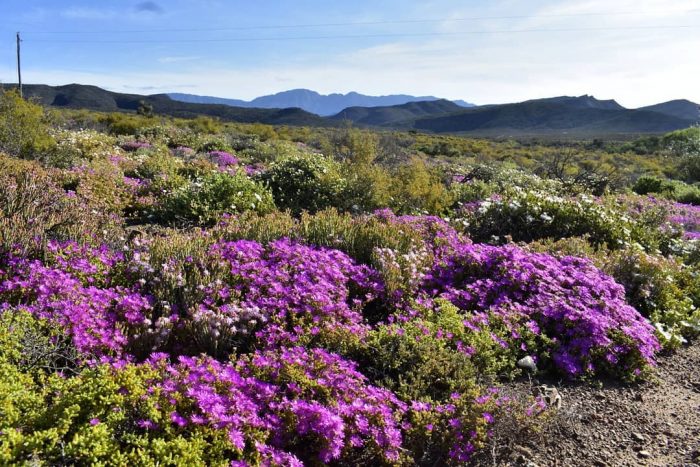
Salome Willemse writes: I enjoyed the tranquility and serenity of Ouberg – full of rich biodiversity! To me the highlight was most certainly ringing very special birds such as Lesser Honeyguide and Cardinal Woodpecker.
Joshua Olszewski kept a great list of all the butterflies found and photographed during the Ouberg BioBash. Butterflies seen on the farm:
Karoo Widow Tarsocera fulvina
Western Hillside Brown Stygionympha vigilans
Cape Dull Brown Cassionympha detecta
Painted Lady Vanessa cardui
Little Rocksitter Durbaniella clarki
Cape Black-Eye Leptomyrina lara
Large Silver-Spotted Copper Trimenia argyroplaga
Karoo Silver-Spotted Copper Trimenia mcmasteri
Plain Russet Aloeides
Black-Bordered Russet Aloeides juana
Karoo Opal Chrysoritis turneri
Lysander Opal Chrysoritis pan lysander
Eastern Sorrel Copper Lycaena clarki
Dickson’s Geraniun Bronze Cacyreus dicksoni
Dwarf Blue Oraidium barberae
Southern Meadow White Pontia helice
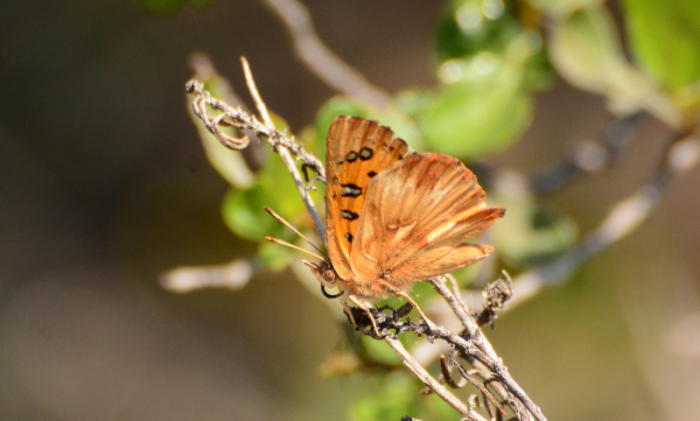
Other butterflies seen during the biobash:
African Plain Tiger Danaus chrysippus
Table Mountain Beauty Aeropetes tulbaghia
Rainforest Dull Brown Cassionympha cassius
Yellow Pansy Junonia hierta
Bowker’s Marbled Sapphire Stugeta bowkeri
Burnished Opal Chrysoritis chrysaor
Steel-blue Ciliate Blue Anthene definita
Cupreous Ash Blue Eicochrysops messapus
Citrus Swallowtail Papilio demodocus
Smoky Orange Tip Colotis equippe omphale
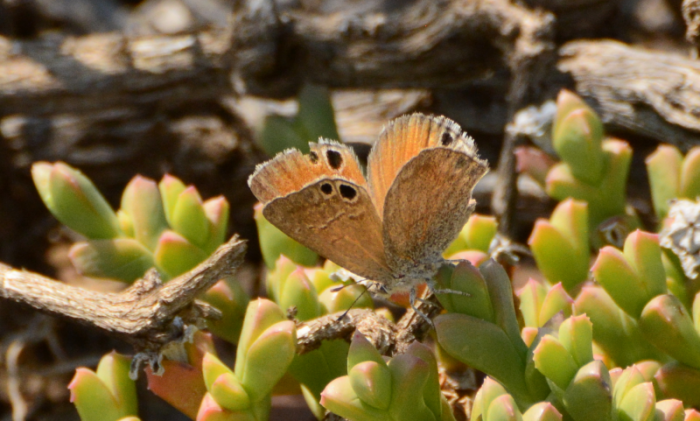
November BDI Citizen Scientist Hours
Our November dates for BDI Citizen Scientist Hours are: 4, 10, 16 and 26 November 2020. We have some great talks lined up for the month, so don’t miss out! You can connect with us via Zoom and join in on the discussions or follow along on the livestreams broadcasted via the BDI Citizen Science Facebook page.
